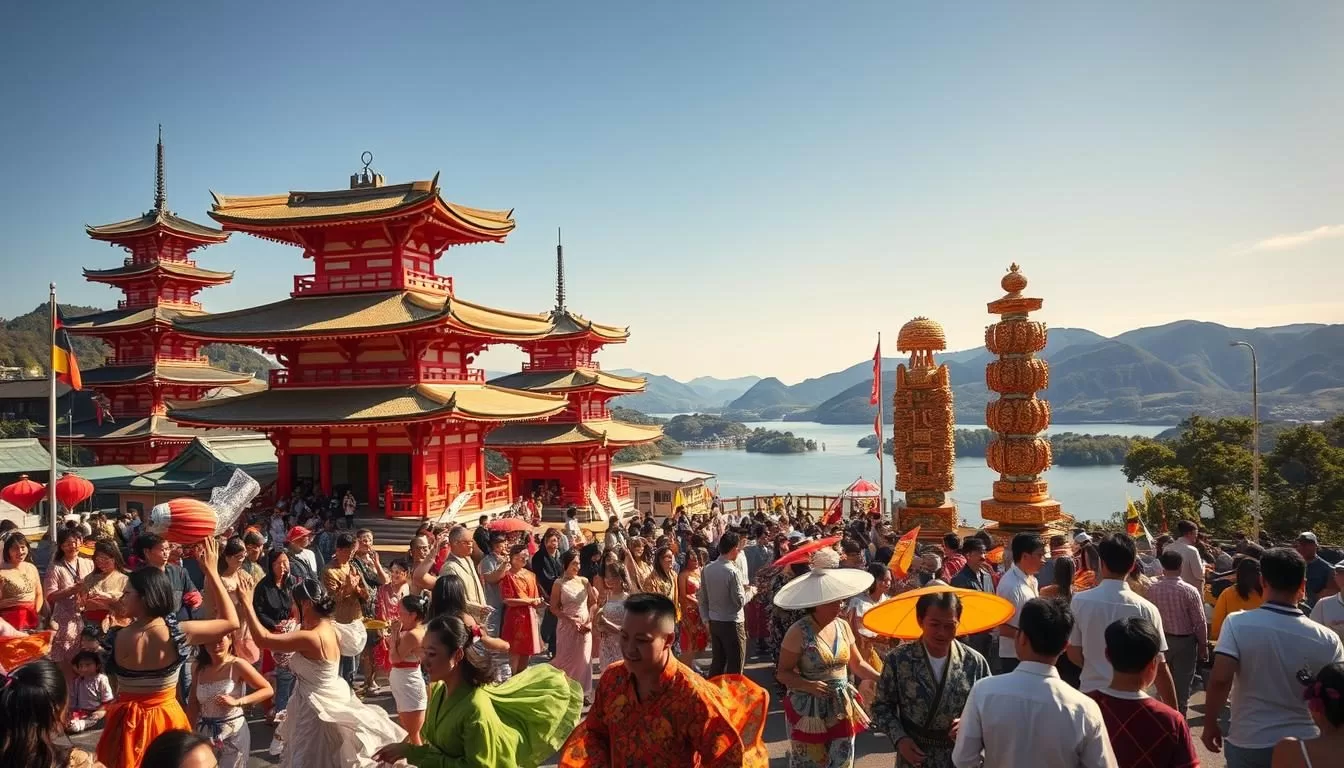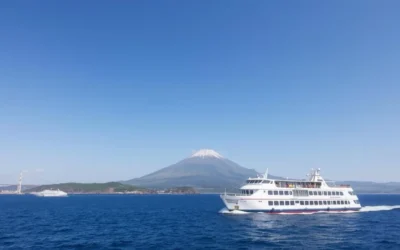✓ Accommodations✓ Flights✓ Rental Cars
Welcome to your ultimate guide to the vibrant festival scene in Kagawa Prefecture, the smallest yet culturally rich region of Shikoku Island in Japan.
As a first-time visitor or a seasoned traveler, you’ll discover the most spectacular festivals that showcase the unique heritage and traditions of this captivating region.
From dynamic summer celebrations to magnificent autumn events, these festivals offer an authentic glimpse into Japanese culture, providing unforgettable travel experiences that combine history, art, and local community spirit.
Discovering Kagawa Prefecture: Japan’s Hidden Gem
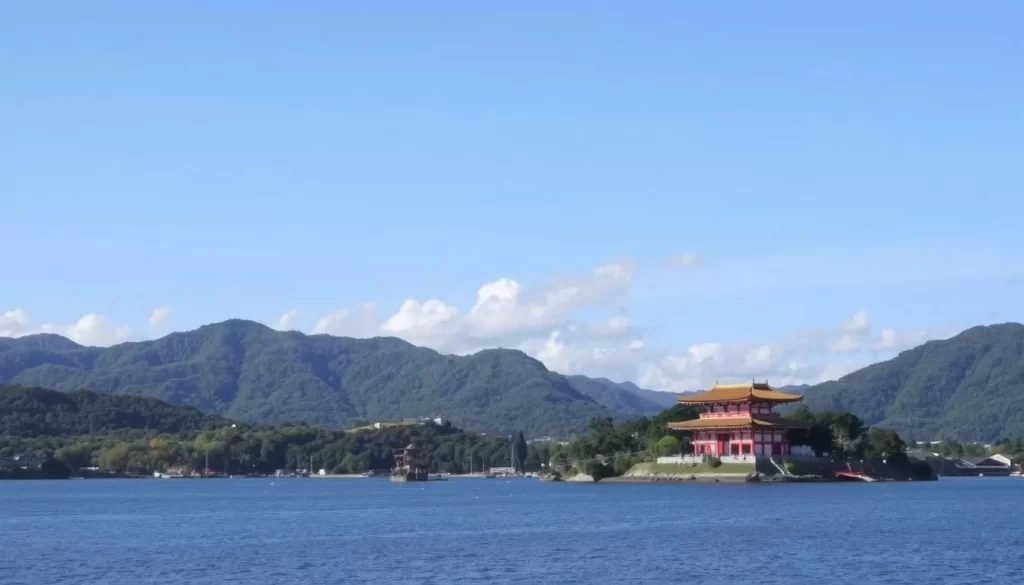
Located on the picturesque island of Shikoku, Kagawa Prefecture is a hidden gem that offers a unique blend of traditional and modern attractions. As Japan’s smallest region, it is surprisingly rich in cultural heritage and natural beauty.
Kagawa Prefecture is affectionately known as the “Udon Prefecture” due to its famous Sanuki udon noodles, a culinary symbol of the region that attracts food enthusiasts from across Japan. The prefecture’s food scene is just one aspect of its appeal; it also boasts a fascinating history dating back centuries, with historic castles, temples, and shrines that tell the story of this strategic coastal area.
Art lovers will find Kagawa particularly appealing, especially on the art islands of the Seto Inland Sea, where contemporary installations blend harmoniously with traditional Japanese aesthetics, making it a unique place to explore.
Best Time to Visit Kagawa Prefecture for Festival Season
If you’re planning to visit Kagawa Prefecture, timing your trip around the festival season can enhance your experience significantly. The region hosts a diverse range of events throughout the year, each with its unique charm.
The peak festival season is during summer (July-August), with vibrant festivals like the Sanuki Festival of Takamatsu. In spring (March-May), you can enjoy more serene celebrations, often coinciding with the cherry blossom season. Autumn (September-October) brings harvest festivals, such as the Sanuki Toyohama Chosa Festival, featuring elaborate floats against the backdrop of fall colors.
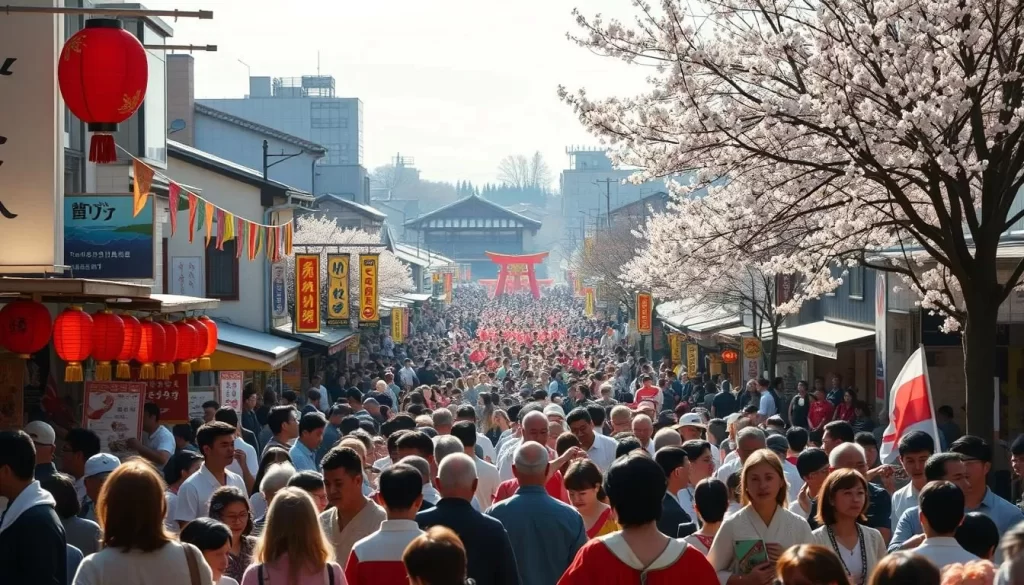
While summer is the peak season, spring and autumn offer unique experiences. Planning your visit around specific festival dates can make your trip more memorable, as some major events occur on fixed dates each year. Thus, choosing the right time is crucial for a fulfilling experience.
How to Reach Kagawa Prefecture: Transportation Guide
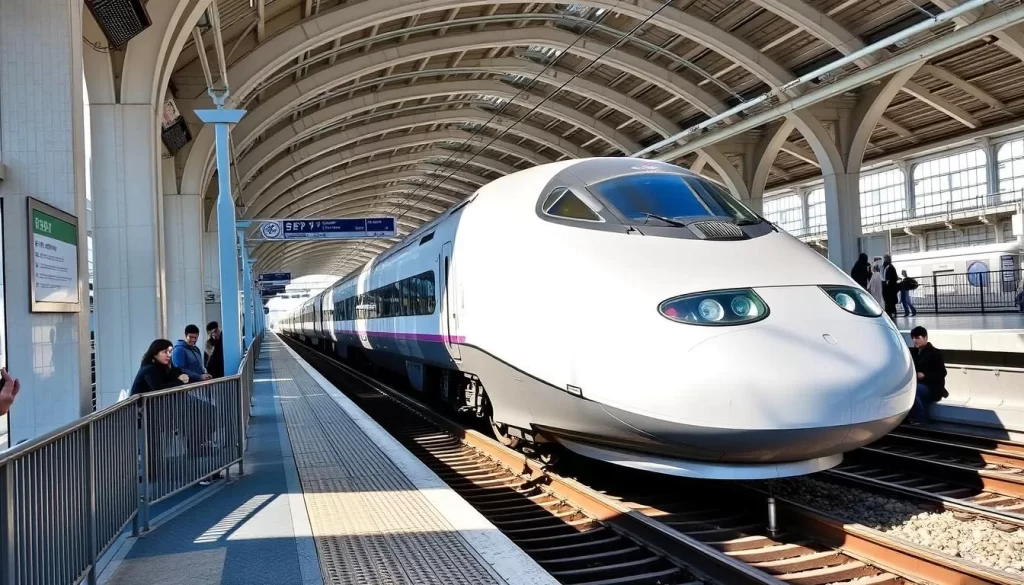
With multiple travel options at your disposal, visiting Kagawa Prefecture is a hassle-free experience. You can reach this charming region by various means of transportation, depending on your preference and budget.
One of the most popular ways to reach Kagawa Prefecture is by train. The Shinkansen connects major cities like Tokyo, Osaka, and Kyoto to Okayama. From there, you can hop on the JR Kaisoku Marine Liner, which takes you directly to Takamatsu.
The journey from Tokyo takes approximately 4.5 hours, while from Osaka, it’s just 2 hours. Alternatively, you can fly into Takamatsu Airport, which offers direct flights from major Japanese cities, including Tokyo’s Haneda Airport.
- Reaching Kagawa Prefecture is straightforward with multiple transportation options.
- The most popular route is taking the Shinkansen to Okayama, then transferring to the JR Kaisoku Marine Liner to Takamatsu.
- Ferry services provide a scenic alternative, connecting Kagawa to Honshu across the Seto Inland Sea.
Understanding the Cultural Significance of Festivals in Kagawa
The cultural significance of festivals in Kagawa lies in their ability to bring people together and preserve traditions.
Festivals in Kagawa Prefecture are much more than mere entertainment; they represent centuries of cultural heritage that have been carefully preserved and passed down through generations. Many of these festivals have religious origins, often connected to Shinto or Buddhist practices.
- They serve as a way for people to show gratitude to deities, pray for good harvests, or commemorate historical events.
- The community spirit displayed during these festivals is remarkable, with entire towns coming together to prepare elaborate floats and practice traditional dances.
- The seasonal timing of many festivals reflects Japan’s deep connection to nature and the changing seasons.
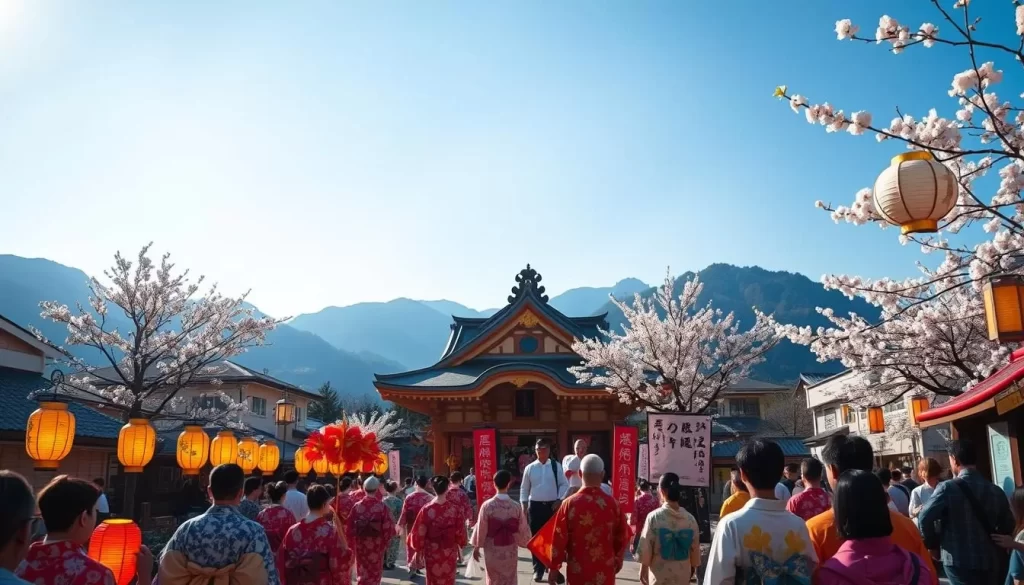
According to legend, some shrines were built in the fifteenth-century for the guardian deity of the sea and storms and protector of pregnant women and children. Young couples and families with small children take advantage of this event to send their wishes or thanks to the goddess.
Sanuki Festival of Takamatsu: Summer Celebration
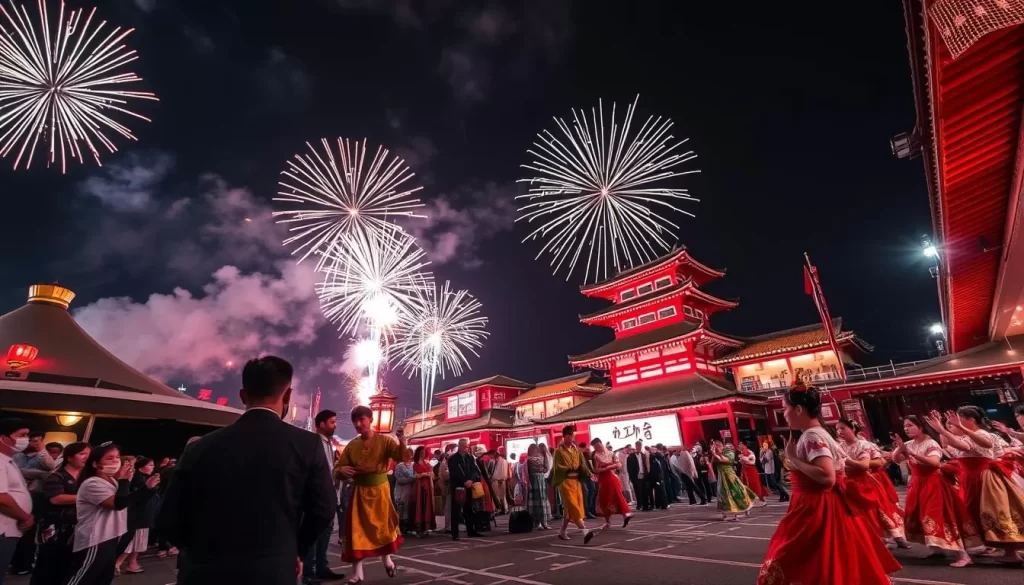
If you’re looking for an authentic Japanese summer experience, the Sanuki Festival of Takamatsu is a must-visit event that takes place every year from August 12th to 14th.
This festival transforms Takamatsu into a vibrant celebration zone, featuring spectacular summer fireworks displays with over 8,000 fireworks illuminating the night sky over Takamatsu Harbor.
The Sanuki Festival of Takamatsu stands as one of Kagawa’s premier summer events, encapsulating the essence of Japanese festival traditions, including traditional dance performances, live music concerts, competitive events, and rows of food stalls serving local specialties.
Tsushima Shrine Festival: A Mystical Island Experience
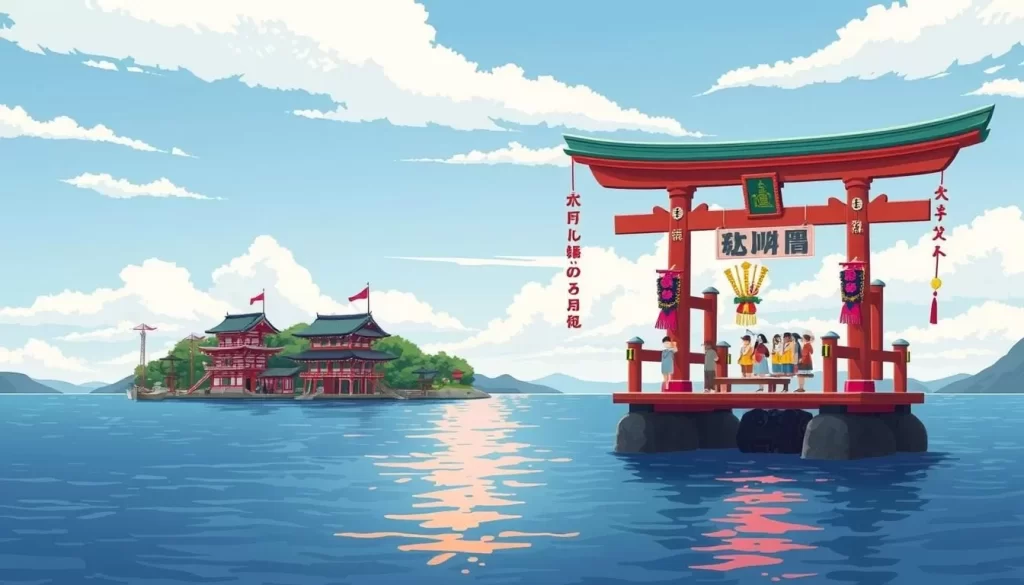
For two days in August, a small island in Kagawa transforms into a bustling festival hub. The Tsushima Shrine Festival is a rare and unique cultural experience, attracting nearly 50,000 visitors each year.
This exclusive festival is held on August 4th and 5th, making the island accessible to the public only during these two days. The Tsushimanomiya train station, known for having the shortest schedule in Japan, operates only during the festival days, adding to the excitement.
The Tsushima Shrine, built in the 15th century, holds deep spiritual significance as it honors the guardian deity of the sea and storms, as well as the protector of pregnant women and children. It’s a meaningful place for young couples and families to express gratitude or make wishes.
Sanuki Toyohama Chosa Festival: Magnificent Floats and Traditions
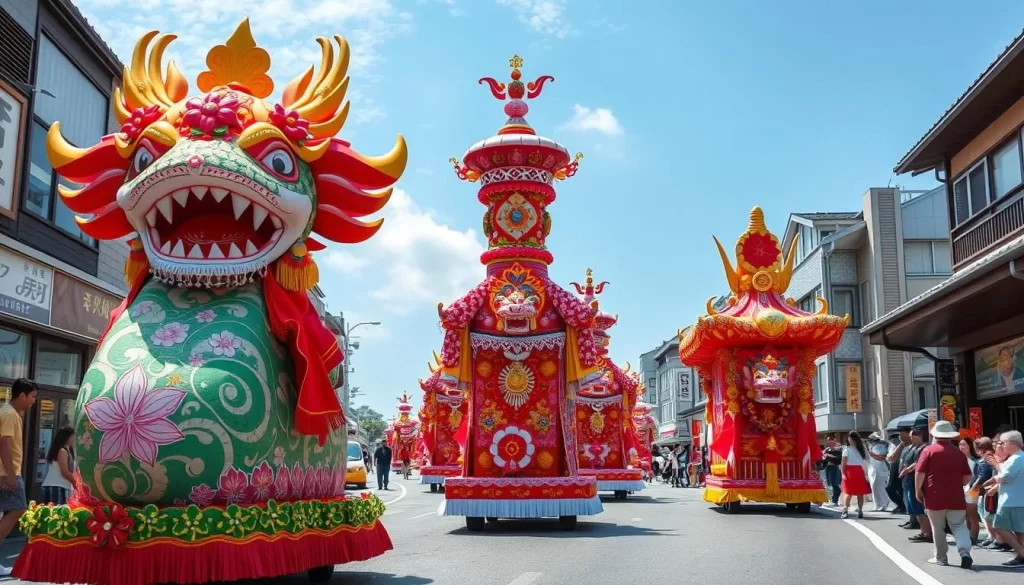
If you’re visiting Kagawa Prefecture in October, you won’t want to miss the spectacular Sanuki Toyohama Chosa Festival. This annual festival takes place on the second weekend of October in Toyohama Town, showcasing some of the most magnificent floats in western Japan.
The floats are true works of art, adorned with ornate decorations, gold-colored tassels, and distinctive red elements that create a stunning visual spectacle as they parade through the town. Dozens of participants are required to carry and maneuver these elaborate chosa through the streets.
As the procession travels through the neighborhoods, carriers and participants chant and shout in unison, creating a festive atmosphere. The rhythmic beat of taiko drums mounted on the floats adds to the excitement, invigorating the town with boisterous cheer and song. The Sanuki Toyohama Chosa Festival is a unique opportunity to experience the strong community bonds and traditional craftsmanship that continue to thrive in rural Japan.
Kagawa Prefecture, Japan: Top Festivals to Check Out When Visiting
When visiting Kagawa Prefecture, you’ll have the opportunity to experience a wide variety of festivals that highlight local traditions and community celebrations. The region offers a diverse calendar of events throughout the year, each providing unique insights into performing arts and cultural heritage.
- Numerous smaller local events showcase specific aspects of Kagawa’s cultural heritage, from agricultural celebrations to historical commemorations.
- Many of these festivals coincide with national holidays or significant seasonal changes, making them perfect additions to a broader exploration of Japanese cultural traditions.
- Local tourist information centers in Takamatsu and other major towns can provide up-to-date information on upcoming events, including any special transportation arrangements or viewing recommendations.
As you travel through Kagawa Prefecture, consider including these additional noteworthy festivals in your itinerary to round out our comprehensive list of must-see cultural events in the region.

Awa Odori Dance Festival: Japan’s Largest Dance Celebration
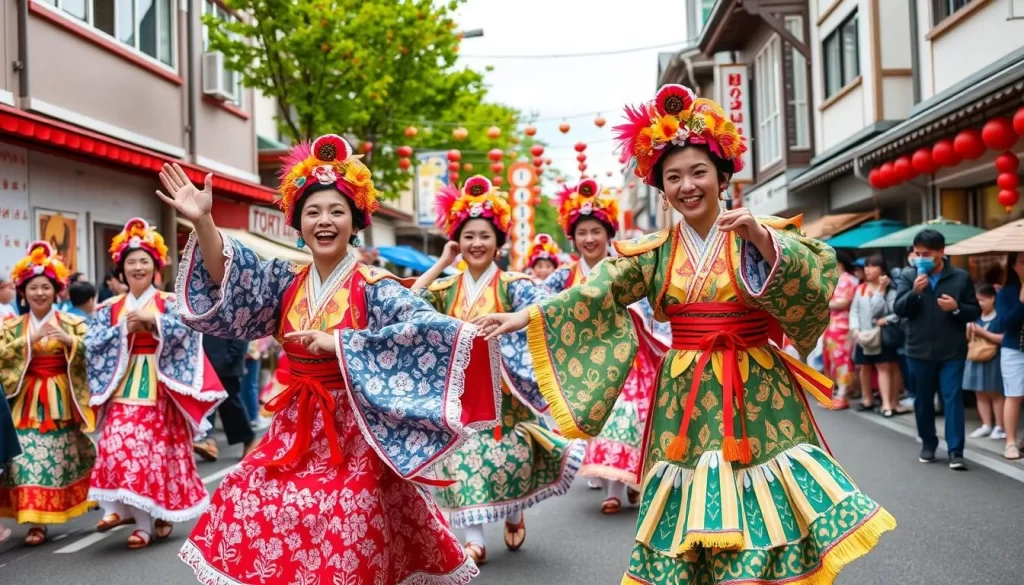
Join the Awa Odori Dance Festival for an unforgettable celebration of dance, music, and community. As Japan’s largest dance festival, it attracts over a million visitors annually during its run from August 12-15, creating an electric atmosphere throughout Tokushima City.
The Awa Odori festival is known for its distinctive dance style, featuring groups of performers called “ren” moving in synchronized patterns while chanting “Yatto, yatto!” and playing traditional instruments. What makes Awa Odori particularly special is its inclusivity – while professional dance troupes perform intricate choreography, there are also opportunities for visitors to join in simpler versions of the dance.
The festival‘s 400-year history has deep cultural roots, with the dance said to have originated from celebrations of the completion of Tokushima Castle in the 16th century. Evening performances are particularly magical, with lantern-lit streets creating a mystical backdrop for the dancers in their traditional costumes.
Yosakoi Festival: Colorful Performances and Modern Twists
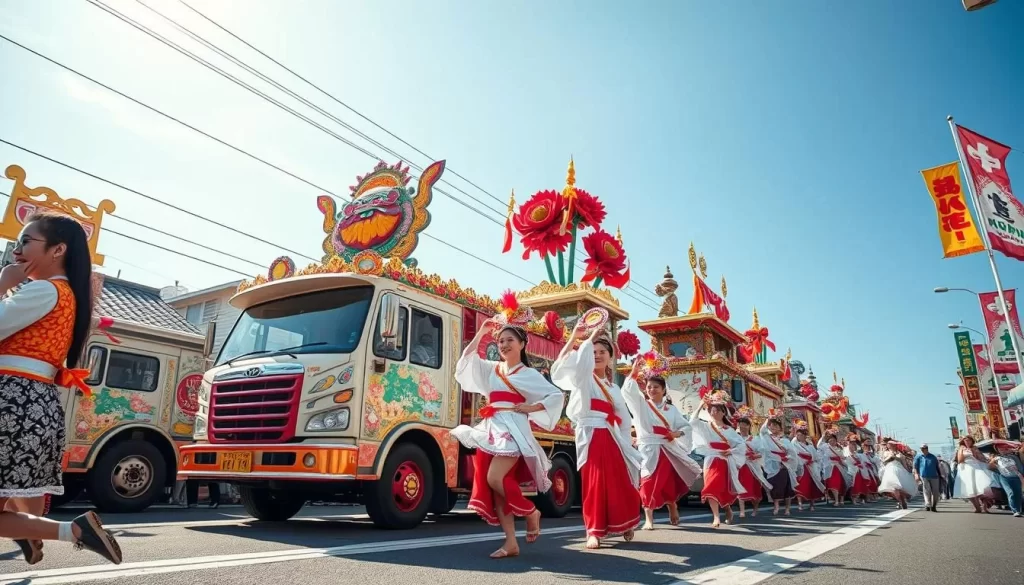
Every August, Kochi City comes alive with the Yosakoi Festival, a spectacle of color and sound. Held annually from August 9 to 12, this event is known for its “anything goes” attitude, with only three basic rules: dancers must use naruko clappers, incorporate at least one phrase from the traditional “Yosakoi-bushi” folk song, and keep moving forward during performances.
The festival features a diverse range of performances, blending traditional Japanese dance elements with modern styles like hip-hop and jazz. Over 200 teams and 18,000 dancers participate, showcasing their unique costumes and music. The visual impact is stunning, with elaborately decorated music trucks serving as mobile stages.
This creative freedom results in a vibrant festival atmosphere, making Yosakoi a must-experience event when visiting Shikoku. The energetic and accessible nature of the festival makes it particularly appealing to international visitors, embodying the joy and community spirit that define Japanese festivals.
Uwajima Ushi-oni Festival: The Cow Demon Celebration
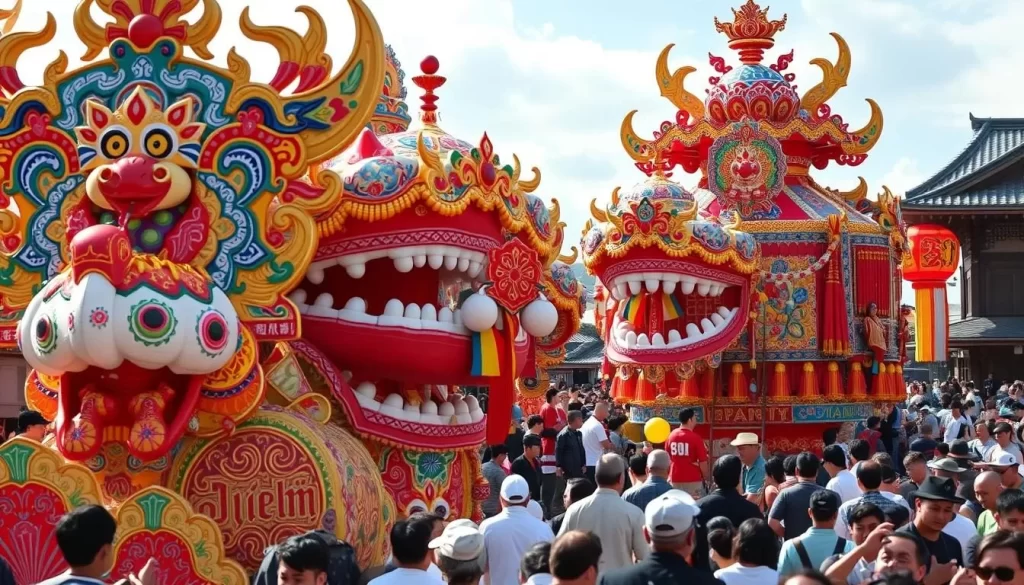
If you’re looking for a distinct summer festival experience, consider visiting the Uwajima Ushi-oni Festival. Held annually from July 22 to 24 in Uwajima City, Ehime Prefecture, this event is easily accessible from Kagawa and offers one of the most unique and visually striking summer festival experiences in Shikoku.
The festival is known for its elaborate floats resembling the ushi-oni, or cow demon. These floats are around five to six meters long, featuring a demonic face, a long neck, and a body made of bamboo covered in cloth or plant bark. The largest ones require nearly fifty adults to carry them, while children carry the smaller versions.
The festival blends traditional and modern elements, with participants in yukata performing traditional Uwajima Odori dances, while others dance to contemporary music like “Gaiya on the Road.” As night falls, the festival atmosphere intensifies with spectacular fireworks displays over Uwajima Bay.
Lesser-Known Local Festivals Worth Experiencing
Kagawa’s cultural landscape is dotted with smaller, local festivals that offer visitors a chance to engage with the community on a more personal level. While major events draw large crowds, these lesser-known local festivals provide a unique glimpse into the region’s traditions.
The Manno Ike Water Event is a magical evening celebration where illuminated boats and water-based performances highlight the region’s important relationship with water resources. In early spring, the Shiwaku Island Chain hosts small fishing village events where local fishermen pray for safe voyages and bountiful catches.
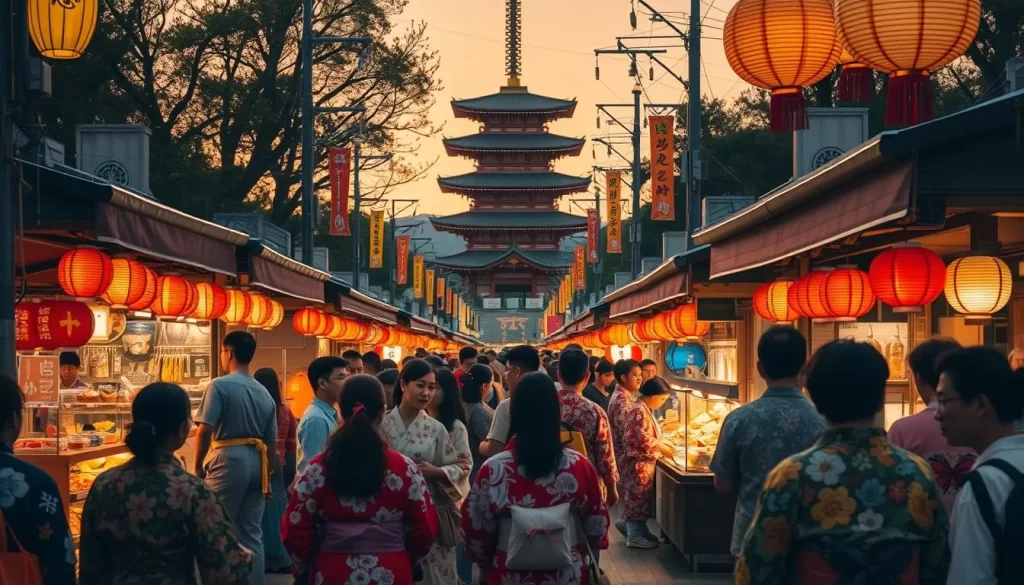
The Autumn Lantern Festival in Kotohira creates a mystical atmosphere, illuminating the 785 stone steps leading to Kotohira Shrine. Visitors can have a more personal and authentic experience at these smaller local events.
What to Eat: Sanuki Udon and Other Local Delicacies
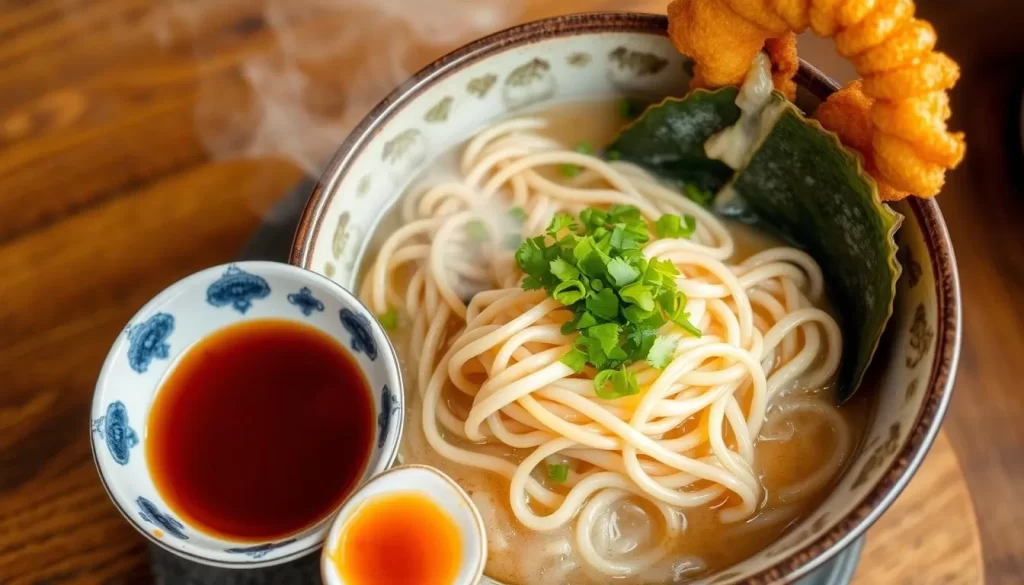
Kagawa Prefecture is renowned for its culinary delights, particularly Sanuki udon, a dish that embodies the region’s gastronomic identity. Sanuki udon is known for its thick, chewy texture and simple yet flavorful preparation, made with just flour, water, and salt.
For an authentic experience, try kamaage udon, served straight from the pot with a dipping sauce. You can pair it with tempura or fresh vegetables for a complete meal. The region takes pride in this dish, which is more than just food—it’s a cultural icon reflecting local history and traditions.
Other local delicacies worth trying include honetsuki dori (bone-in grilled chicken) and olive-based products from Shodoshima Island. During festivals, temporary food stalls called “yatai” offer special seasonal treats, making culinary exploration an essential part of your festival experience. Trying Sanuki udon is the best way to immerse yourself in the local food culture.
Beyond Festivals: Other Attractions in Kagawa Prefecture
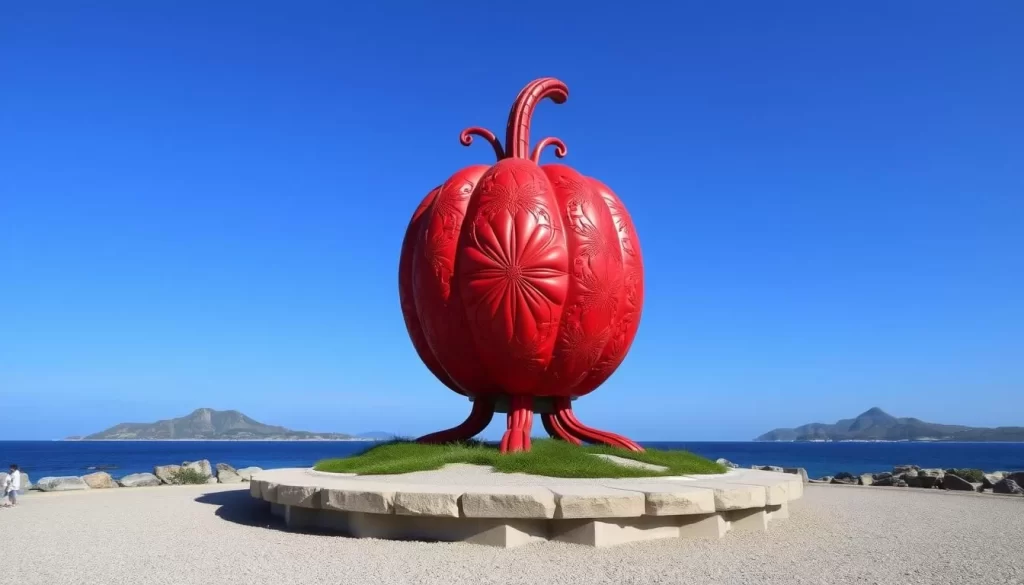
Beyond the festive celebrations, Kagawa Prefecture offers a plethora of attractions that showcase its rich history and art. The region is home to numerous cultural and historical landmarks that are worth exploring.
Naoshima Island is a haven for art lovers, blending creativity with nature in a unique way. Known as the “island of art,” it’s a place where modern installations meet serene landscapes. The iconic outdoor installations, such as Yayoi Kusama’s Red Pumpkin, are a must-see.
Other attractions include Ritsurin Garden, a historical garden in Takamatsu, and Takamatsu Castle, one of Japan’s few “water castles.” The Kompira Shrine in Kotohira and Shodoshima Island’s Mediterranean-like landscapes are also notable. These attractions showcase the region‘s diverse cultural heritage and natural beauty, making Kagawa Prefecture a unique place to visit.
Practical Tips for Festival Visitors: What to Know Before You Go
To make the most of yourtravelexperience in Kagawa, consider the following practical tips forfestivalvisitors. Planning yourtripto Kagawa requires some preparation to ensure you have the best possible experience while respecting local customs and traditions.
Here are some key considerations for yourguide:
- Book your accommodations at least 3-6 months in advance, particularly for popular events like the Sanuki Festival.
- Pack according to the weather: light clothing for summer, and layers for spring and autumn evenings.
- Bring cash (Japanese yen) for food stalls, souvenirs, and smaller establishments.
- Plan to arrive early at festival venues, as public transportation can be crowded.
- Learn basic Japanese phrases to enhance your travel experience, and consider downloading translation apps.
By following these tips, you canplan your tripeffectively and enjoy thefestivalsin Kagawa Prefecture.
Conclusion: Making the Most of Your Festival Experience in Kagawa
With its diverse festivals, Kagawa Prefecture is a treasure trove for travelers seeking authentic Japanese culture. As a first-time visitor, you’ll find that these events offer a perfect window into local traditions, providing memorable experiences that go beyond typical tourist attractions. The variety of festivals throughout the year ensures there’s something for every type of traveler, from high-energy summer celebrations to contemplative autumn harvest festivals.
As you plan your trip to Kagawa, consider building your itinerary around one or more festivals. This will allow you to connect with local communities and gain a deeper understanding of Japanese traditions. For a first-time visitor to Japan, Kagawa’s intimate festival atmosphere can be less overwhelming than massive events in major cities, while still providing authentic cultural immersion.
Whether you’re dancing alongside locals or marveling at elaborate floats, the memories you create in Kagawa will become treasured highlights of your travel experience. By exploring the region’s festivals, attractions, and culinary delights, you’ll be able to craft a truly unforgettable trip to this hidden gem of Japan.
The above is subject to change.
Check back often to TRAVEL.COM for the latest travel tips and deals.
